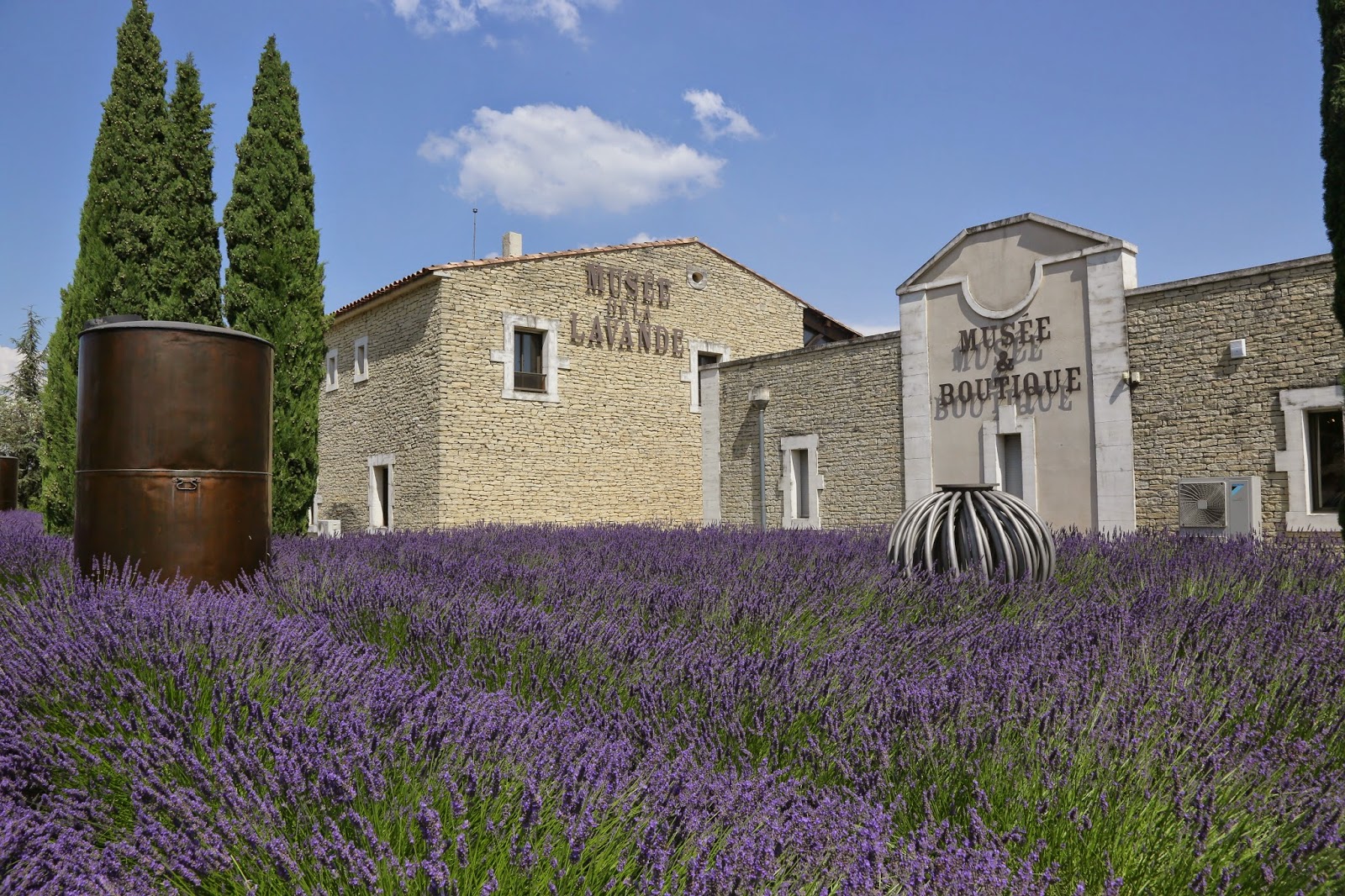Lavender in Provence, France.
My last trip to France brought me to the Provence area,
which is famous for its lovely lavender fields. Every summer, this area attracts
thousands of visitors all over the world to explore and enjoy its lavender
fields fully blooming by mid of June until early August when they are ready to
be harvested. I have always wanted to visit this area since the beauty of this
vivid purple fields always appear as the wall paper on most computer screens as
well as calendars that soothes your eyes whenever you look at it.
Staying in Avignon as our base, the lavender field concentrations
can be found on the high plateau around Sault, at the foot of Mont Ventoux as
well as around Apt and Gordes. In order
to get more info on Lavender itself, we headed to The Musee de la Lavande,
along the way to Gordes. This little museum also served as information centre, mini
museum as well as retail complex that promote Lavender products which includes
cosmetics, aromatherapy, bath soaps, essential oil etc.
We actually enjoyed
the video presentation which gave us valuable in-depth details of Lavender
production especially the difference between Fine Lavender and Lavandine. In short, it is the Fine Lavender which is
grown above an altitude of 800m from sea level in the Provence area only. Its
essential oil has medicinal properties to treat among others insomnia,
irritability, headaches, stress, colds, sinusitis, sore throats, cramps and
rheumatism. On the other hand, Lavandine is the hybrid species which being
grown all over the world that produces essential oil for the industry such as
cleaning products and detergents. The former species is a small plant and has
only a single flower grows on each stem while the later is a tall plant with
two branches and grows in large round clumps.
 |
| Gordes |
After our visit to the Lavender Museum, we proceeded to
Gordes, the little village that sits on the edge of a cliff. As we were approaching
the centre of the village, we stopped for photo opportunity and from this spot,
the view of this village was truly amazing and breathtaking!!
 |
| Simiane la Rotonde |
We continued our exploration and stopped by a few more lavender
fields along the way to Sault. We also
passed the village of Simiane la Rotonde, which is a picture-perfect, perched
village with fields of lavender at its base. It was a dream come true to be
able to take shots of blue and purple combined with the golden color of wheat
fields next to each other…… not to mention the scent that fills the air!!!


















































